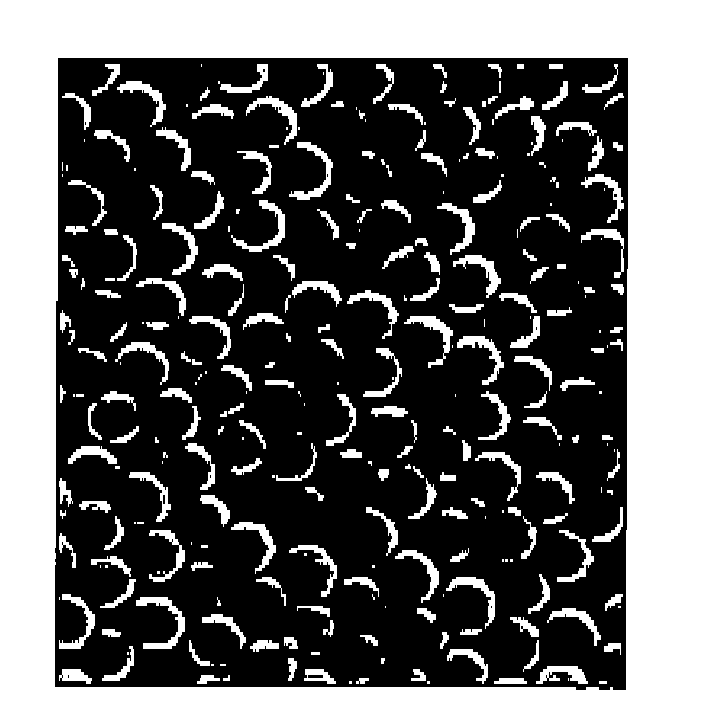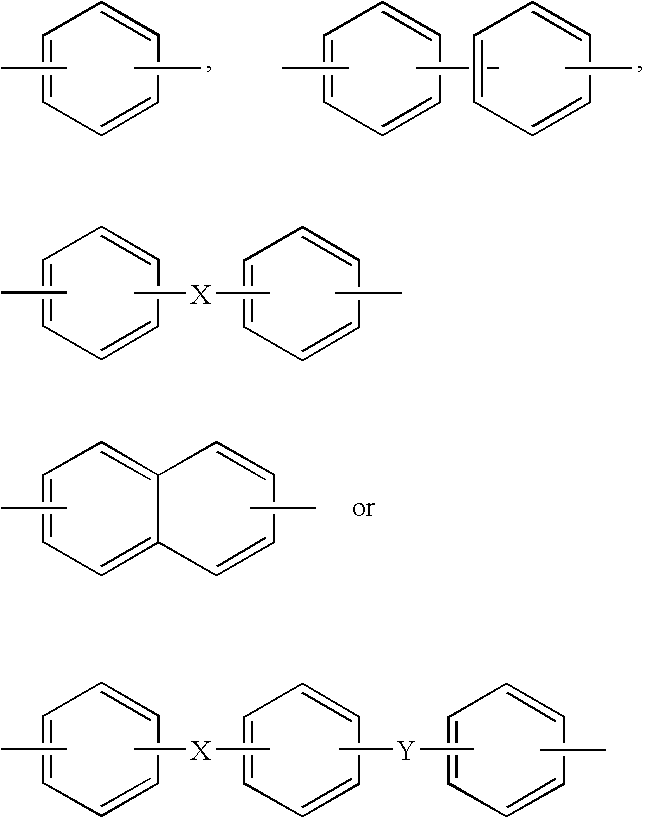Magnetic recording medium
- Summary
- Abstract
- Description
- Claims
- Application Information
AI Technical Summary
Benefits of technology
Problems solved by technology
Method used
Image
Examples
example 1-1
(1) Nonmagnetic Support
[0163]A commercially available polyethylene 2,6-naphthalate (PEN) film with a thickness of 5.0 μm was used.
(2) Preparation of Coating Composition for Nonmagnetic Layer
[0164]The components of formulation 1 below were kneaded in a known open kneader and then dispersed in a known bead mill (e.g., Dynomill) using 0.5 mm diameter zirconia beads to prepare a dispersion of nonmagnetic particles.
Formulation 1:
[0165]
Nonmagnetic powder α-Fe2O3 (acicular; BET specific80 partssurface area: 52 m2 / g; surface treating agent: Al2O3and SiO2; average length: 110 nm; pH: 9.0; tapdensity: 0.8 g / cc; DBP absorption: 27-38 g / 100 g)Carbon black (BET specific surface area: 260 m2 / g; DBP20 partsabsorption: 80 ml / 100 g; pH: 7.5; volatile content: 1.5%)Polyvinyl chloride resin (MR-110, from Zeon Corp.)12 partsPolyurethane resin (Mw: 35,000; branched side chain-7.5 parts containing polyester polyol / diphenylmethanediisocyanate; -So3Na group content: 70 eq / ton)Methyl ethyl ketone150 parts C...
examples 1-2
Preparation of Coating Composition 2 for Backcoat Layer
[0191]Coating composition 2 for backcoat layer was prepared in the same manner as for coating composition 1 of Example 1-1, except for replacing polymer particles A with polymer particles B (see Table 1). The amount of polymer particles B was adjusted so that the number of protrusions of 100 nm or higher on the backcoat layer after the calendering and before the heat treatment might be approximately the same as that on the backcoat layer of Example 1-1 after the calendering and before the heat treatment.
Making and Evaluation of Magnetic Recording Medium:
[0192]A magnetic recording tape was made and evaluated in the same manner as in Example 1-1, except for changing the thickness of the backcoat layer to 0.6 μm.
example 1-3
Preparation of Coating Composition 3 for Backcoat Layer
[0193]Coating composition 3 for backcoat layer was prepared in the same manner as for coating composition 1 of Example 1-1, except for replacing polymer particles A with polymer particles C (see Table 1). The amount of polymer particles C was adjusted in the same manner as in Example 1-2.
Making and Evaluation of Magnetic Recording Medium:
[0194]A magnetic recording tape was made and evaluated in the same manner as in Example 1-1, except for changing the thickness of the backcoat layer to 0.7 μm.
PUM
 Login to View More
Login to View More Abstract
Description
Claims
Application Information
 Login to View More
Login to View More - R&D
- Intellectual Property
- Life Sciences
- Materials
- Tech Scout
- Unparalleled Data Quality
- Higher Quality Content
- 60% Fewer Hallucinations
Browse by: Latest US Patents, China's latest patents, Technical Efficacy Thesaurus, Application Domain, Technology Topic, Popular Technical Reports.
© 2025 PatSnap. All rights reserved.Legal|Privacy policy|Modern Slavery Act Transparency Statement|Sitemap|About US| Contact US: help@patsnap.com


